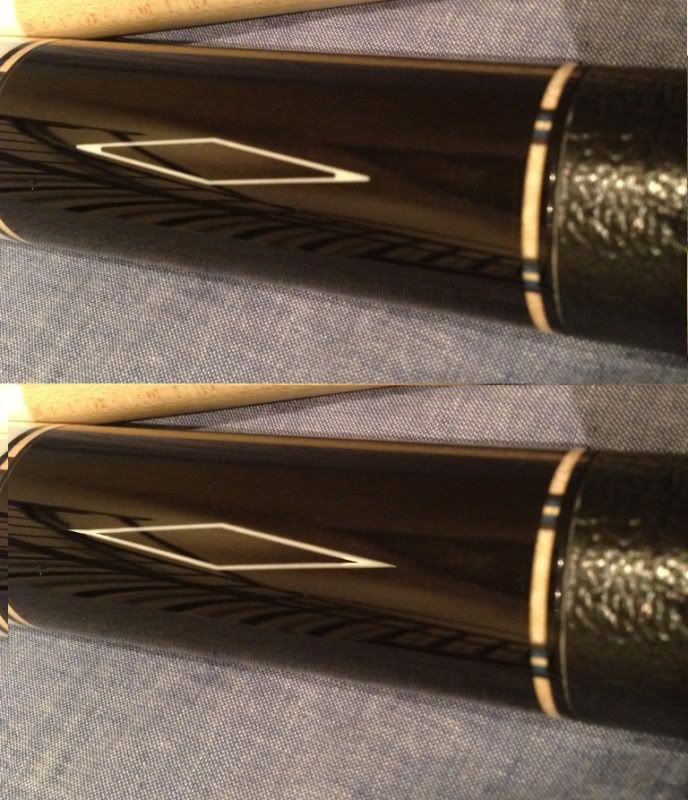use cnc engraving and people criticize while they compliment others doing the same thing
i am on the top of the list for a searing cue.and i noticed today that he actually uses rounded inlays and everyone was complimentary
i have always been led to believe that sharp inlays were very important
when spending over $2000 for a cue
why are these considered bad for some cuemakers and good for others?
i am on the top of the list for a searing cue.and i noticed today that he actually uses rounded inlays and everyone was complimentary
i have always been led to believe that sharp inlays were very important
when spending over $2000 for a cue
why are these considered bad for some cuemakers and good for others?
